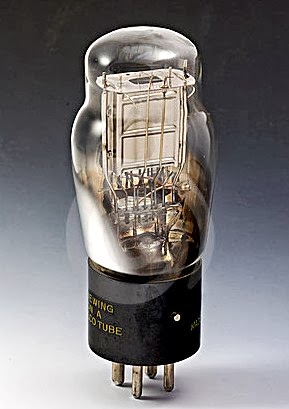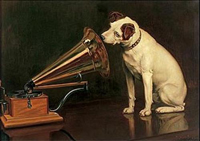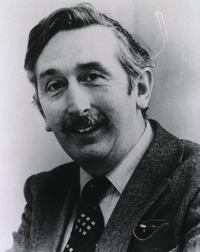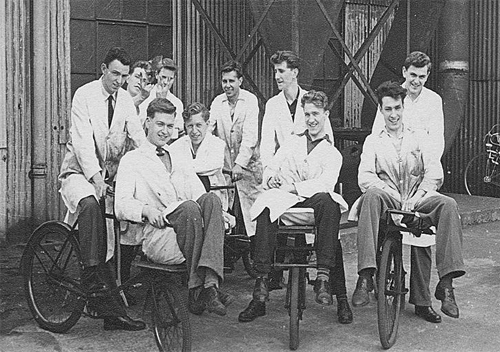I'd just finished my HNC at Harrow College, next to Northwick Park hospital and because I didnt have any experience working in the electronics field, I first worked as...wait for it...a train guard on the London Underground, then left and worked for a few months with a TV rental firm called Visionhire (those were the days when many people couldnt afford to buy colour TVs, so they rented them instead, form companies like Visionhire, RadiRentals, Granada, Multi Broadcast etc etc...all defunct companies now of course..). Just for a bit of nostalgia, here are some photos from that era...







 |
| ok, ok...nothing to do with radar...but i fancied Diana Rigg in the TV series The Avengers like mad...she broke many teenagers boys hearts....! |
and Diana Rigg as she is today in 2013....alas...time is our enemy.....

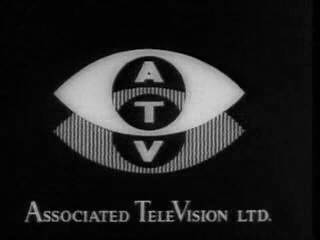
After around 8 mths there, I left that job too and found one much nearer to home, which I could even walk to if I wanted. That lasted just 4 mths, as I'd applied through the local job centre for a position at EMI (it wasnt called Thorn EMI then).
Well, after not hearing anything from EMI, I forgot all about it, thinking that it was a waste of time, but lo and behold, after around 8 mths, I got a letter from them saying I had passed the security checks and could I come in for an interview!
I attended the interview, but I admit I had ot waffle through it, as the personnel officer asked me a load of technical questions about which I hadnt the faintest idea what he was on about! I was also grilled about the Official Secrets Act, which I had to sign as part of the job, as I'd be working on classified material....(James Bond theme comes to mind here.....!)
He asked me if I could use an oscilloscope...yes; could I use a frequency generator...yes: then he looked at his crib sheet and asked if I could use a spectrum analyser...well, I said...yes, I can, but it all depends which make!! This very last question, I felt, was the one that made the interviewer decide to take me on....thinking back now...if I'd spoken the truth, and told him no, I'd never used a spectrum analyser, my whole life would have changed, as I'd never have landed the job at EMI, and all those events thereafter in the world of technology, would have eluded me. Isn't it absolutely amazing how life is.....?
By the way, when the time came to use a spectrum analyser, I found the Staff already working on the radar so very helpful....they knew I'd just left college and so would need to be shown a few things before I "picked up" speed....guys like Steve Read, Cyril Heard, John Gilbert etc were instrumental in my becoming an expert with RF measurement techniques.
He asked a few more questions and said that was fine, and would I mind coming with him on a tour of the place?
So we walked all the way from the personnel building, whihc was situated down Blyth Road, crossed the Dawley Road, and walked into the radar section. We first toured Radar House 2, which was the design and development building, then walked over to Radar House 1, which was where the radar was actually built, tested and shipped from.
Soon after that, I was invited to my first real job in the exciting filed of radar electronics...the rest is history!
